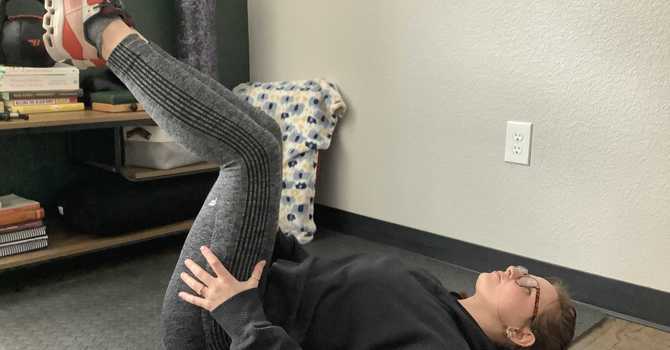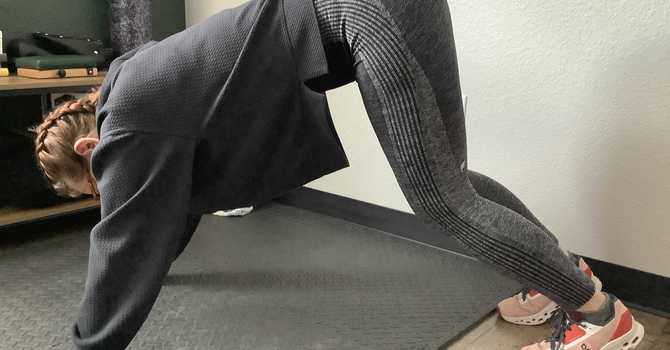
Hey Everyone!
Dr. Zach here today to not only talk about headaches, but to hopefully not induce a headache episode following the reading of this blog post!
Headaches can be a very confusing topics as you've likely heard of a variety of subtypes of headache including: tension-type headache, cluster headaches, medication-overuse headaches, etc.
Also, what's a migraine? Is it any different from a headache? How serious are headaches?
I'll hope to answer some of these questions surrouding headaches and aim to help you better understand your headache-like symptoms.
Of course, I will discuss some of the treatment options in our office for headaches, as it is a common condition we treat!
Let's dive a little bit into what a headache is and some of the different types of headaches.
Headaches are quite obviously any pain in our heads, and tension-type headaches (TTH) are the second most common condition worldwide according to the Global Burden of Disease (followed by... you guessed it... low back pain). Migraines followed up at number three.
Headaches can put a tremendous amount of burden on our family, social and work lives.
The American Migraine Study showed that at least 23% of American households had at least one member suffering from migraines. It also showed that women (18.2%) had a higher prevalence of migraines than men (6.5%). Fifty-three percent of those with a migraine reported "substantial impairment in activities" or required bedrest. Up to 31% of those people reported having to miss at least one day of work/school in the last three months due to their migraine.
Okay, so we know that headaches and migraine are incredibly common amongst the general population.
Headaches have a wide variety of causative factors that include things such as stress, dietary habits, visual disturbances, and more.
Before getting into how we can help, we want to look at the different types of headachesd:
- Migraines
- Most commonly begin at puberty.
- Most commonly affects females (hormonal influences) and those aged 35-45.
- Typically caused by inflammatory chemicals that surround vascular and neural structures.
- Often life-long, with recurrent attacks
- Described as a headache of:
- moderate or severe intensity
- one-sided
- pulsating
- Nausea is the most common associated symptom.
- Tension-Type Headache (TTH)
- Most common type of headache (often referred to as "Stress Headache")
- Episodic TTH (Less than 15 days per month) occurs in 70% of the population.
- Often begin in teenage years
- Often described as pressure or tension in a band-like pattern around the head.
- Cluster Headache
- More uncommon of the primary headache types.
- Typically defined as recurring bouts of extreme headaches, primarily focused around one eye, runny nose on the same side, and eye drooping.
- Medication-Overuse Headache (MOH)
- Caused by chronic use of medications for the treatment of headaches.
- Pain is typically worse upon awakening.
- Affects women more often than men.
These four types of headaches are the most common amongst the general population, but there are many other subgroups and classifications of headaches that can allow practitioners like us to deliver effective care.
How scary are headaches?
Well, like most things in science/medicine/health care... it depends.
The origin of a headache can be something as little as overactive muscles at the base of your skull, or as serious as a stroke.
woah.
I just said the buzz word in chiropractic. Stroke. That is another conversation meant for another time. (psst... evidence is on our side for this one)
Point being, as physicians, it is our job to properly diagnosis and determine the best action of care for your headaches.
There are a number of things we can utilize in our office to help decrease headache symptoms
- Spinal manipulation (adjustments)
- Soft Tissue Mobilization Techniques
- Nerve Flossing
- Kinesiotaping
- Traction
- Nutritional Advice
At Wurth Chiropactic we strive to provide the best quality care that we can. We know how debilitating headaches can be. They affect your work, the way you interact with your family, and can limit your abilities to do the things you love.
We always make sure patients play an active role in their health care. We want to always provide you with the best information possible for you to make well-informed decisions on your health or your loved one's.
Please, reach out with any questions you have surrounding the topics we discuss.
Looking forward to seeing everyone soon!
Dr. Zach
--
Sources:
https://www.who.int/news-room/fact-sheets/detail/headache-disorders
https://pubmed.ncbi.nlm.nih.gov/11554952/
https://www.thieme-connect.de/products/ejournals/abstract/10.1055/s-0038-1646946




